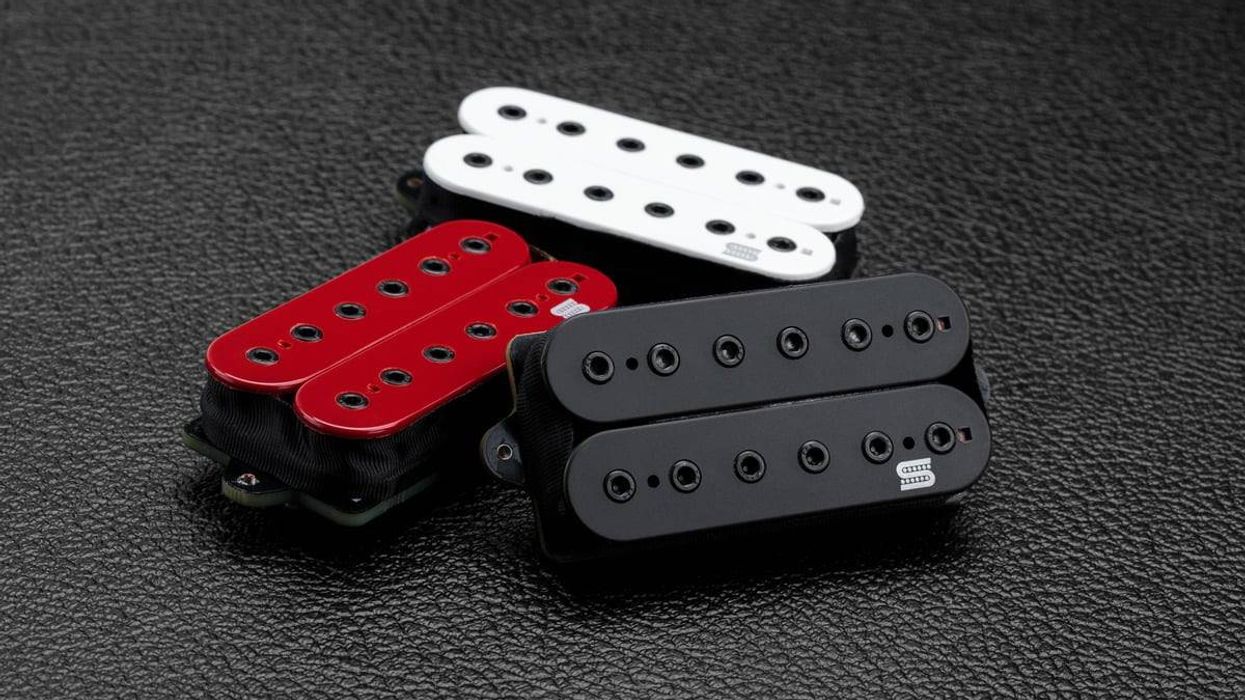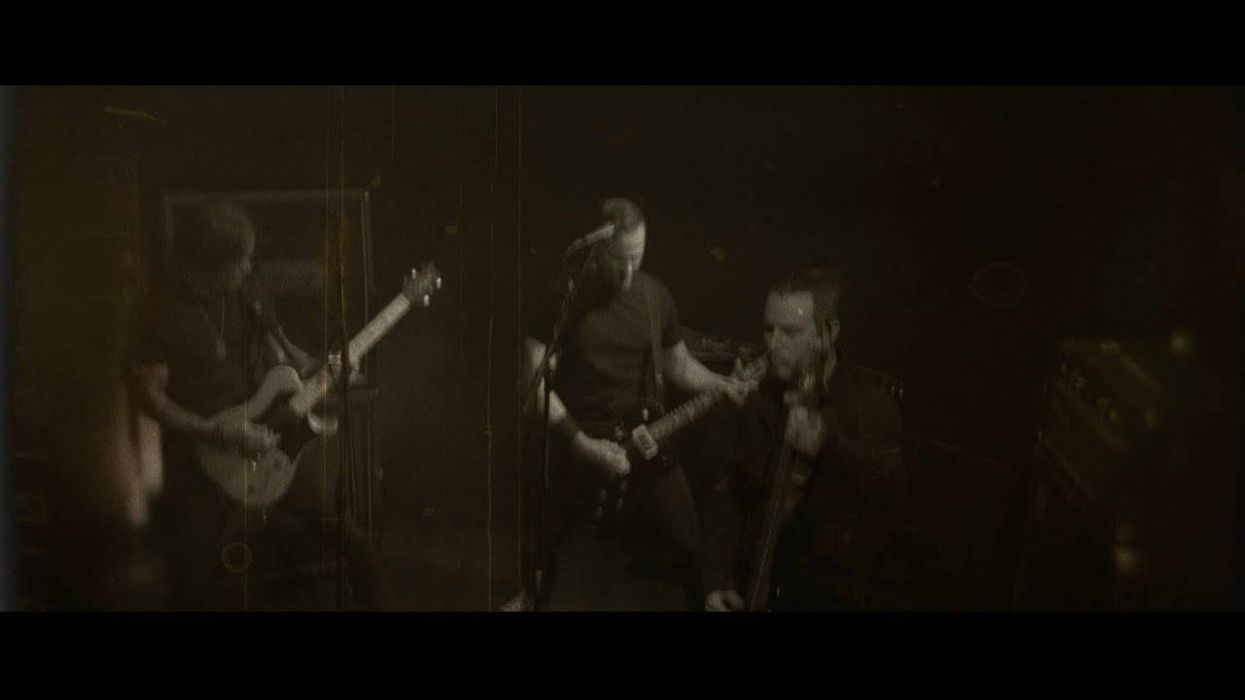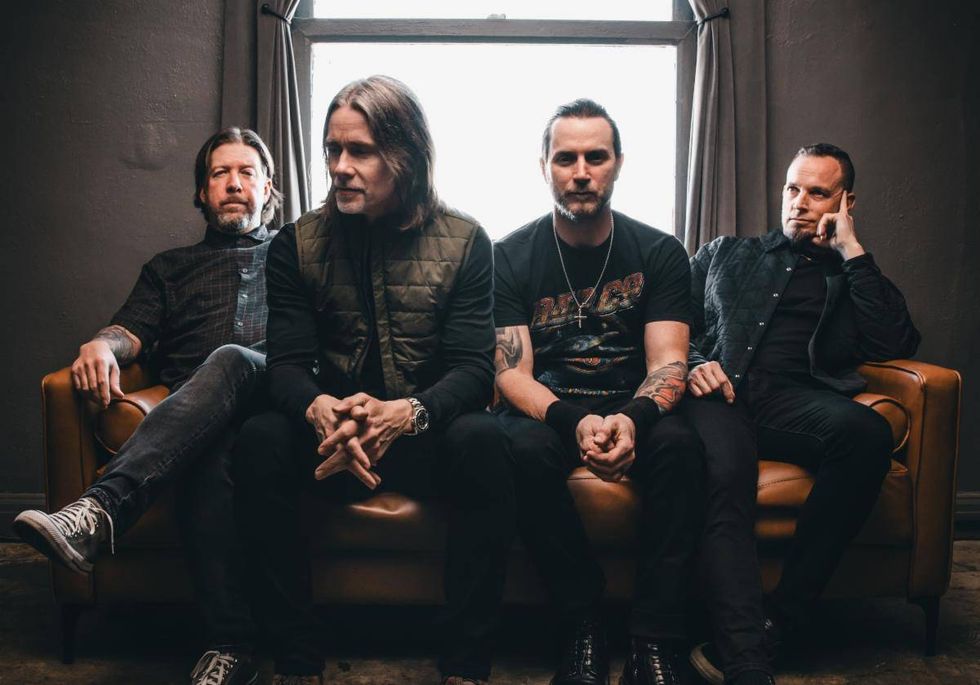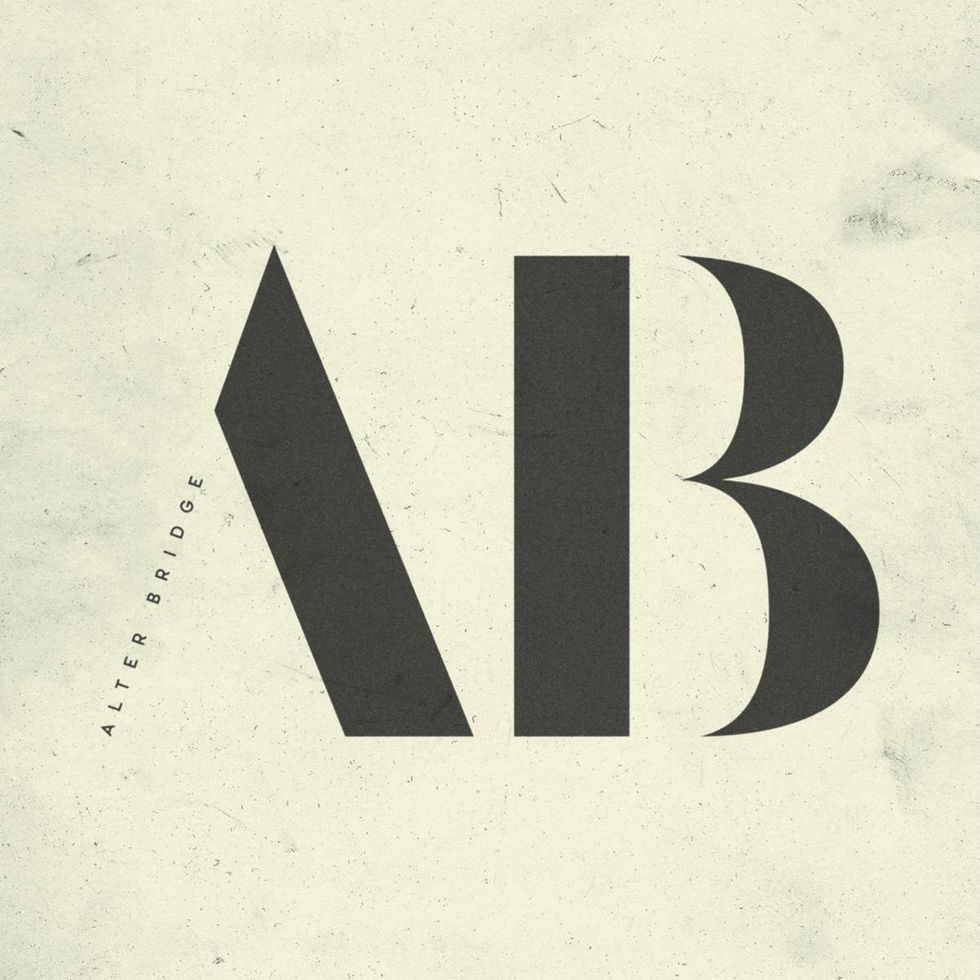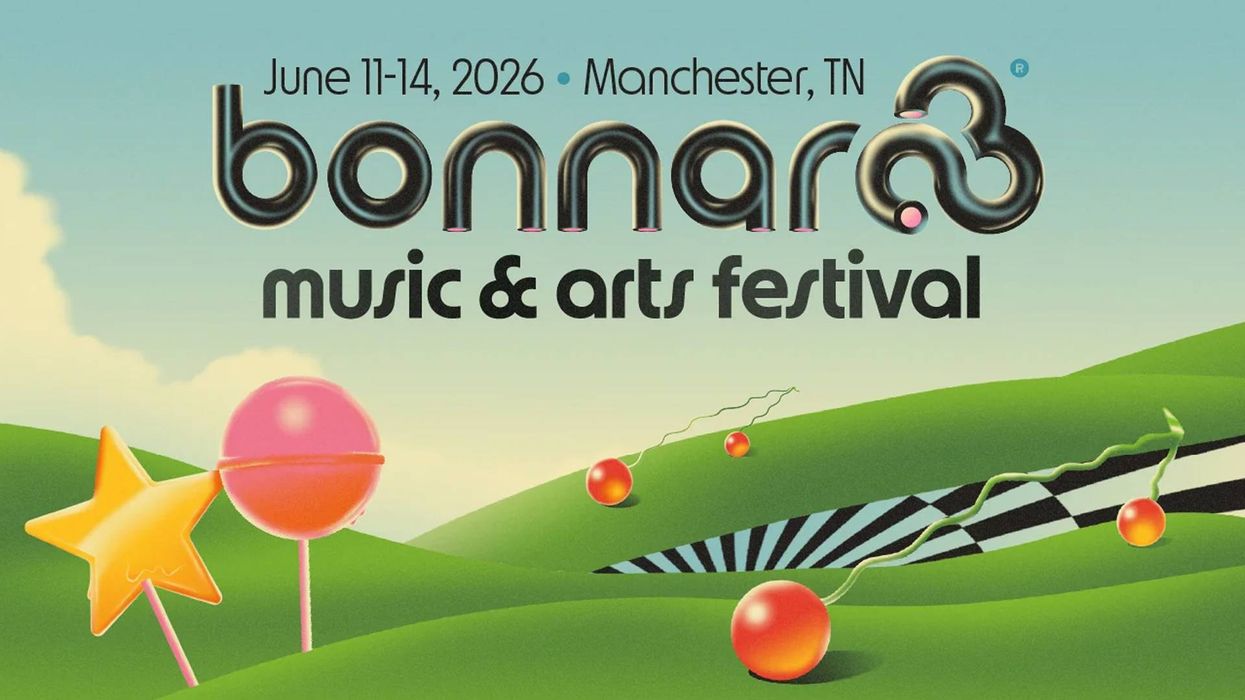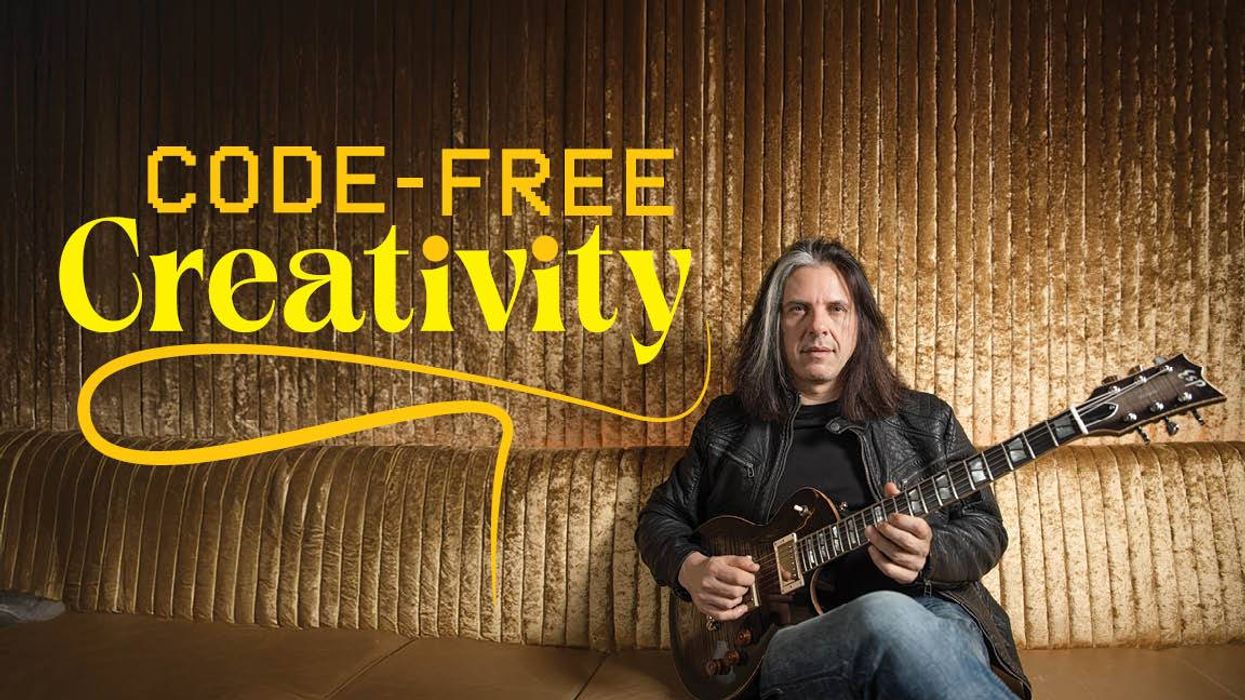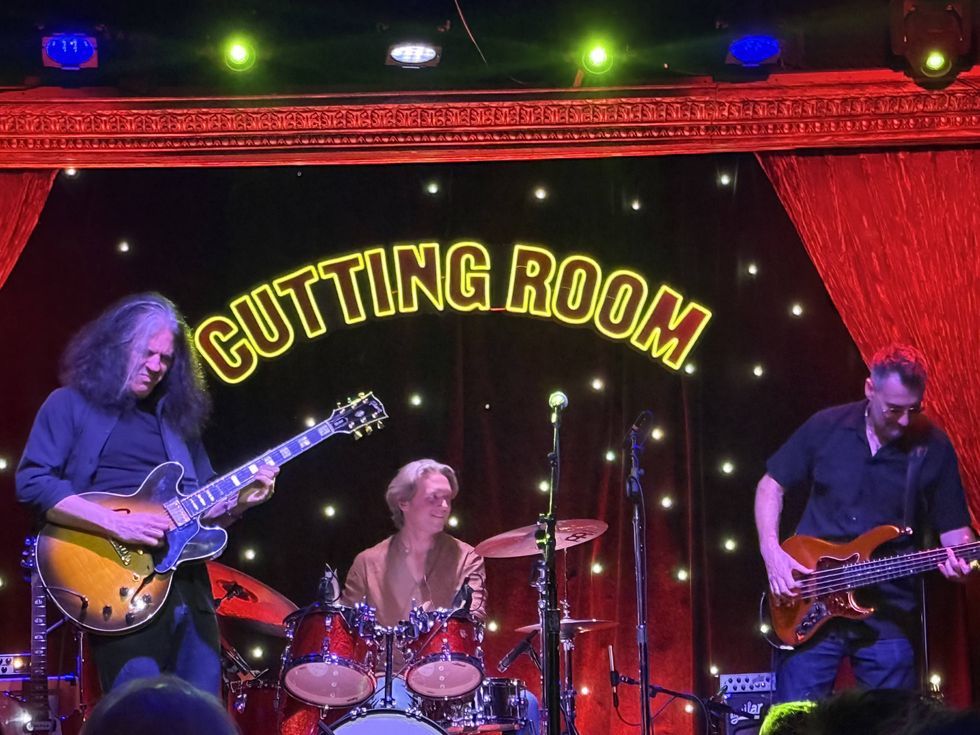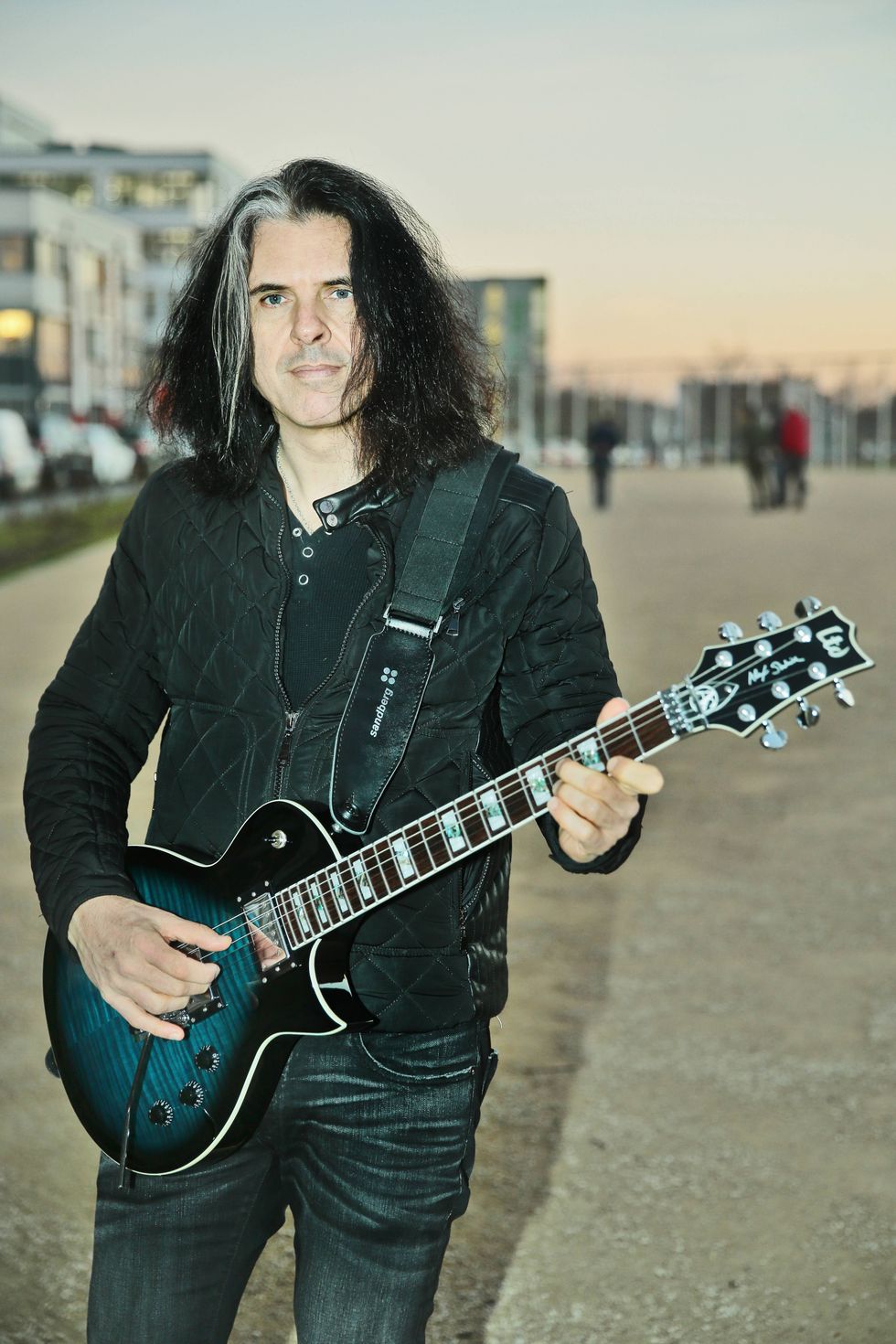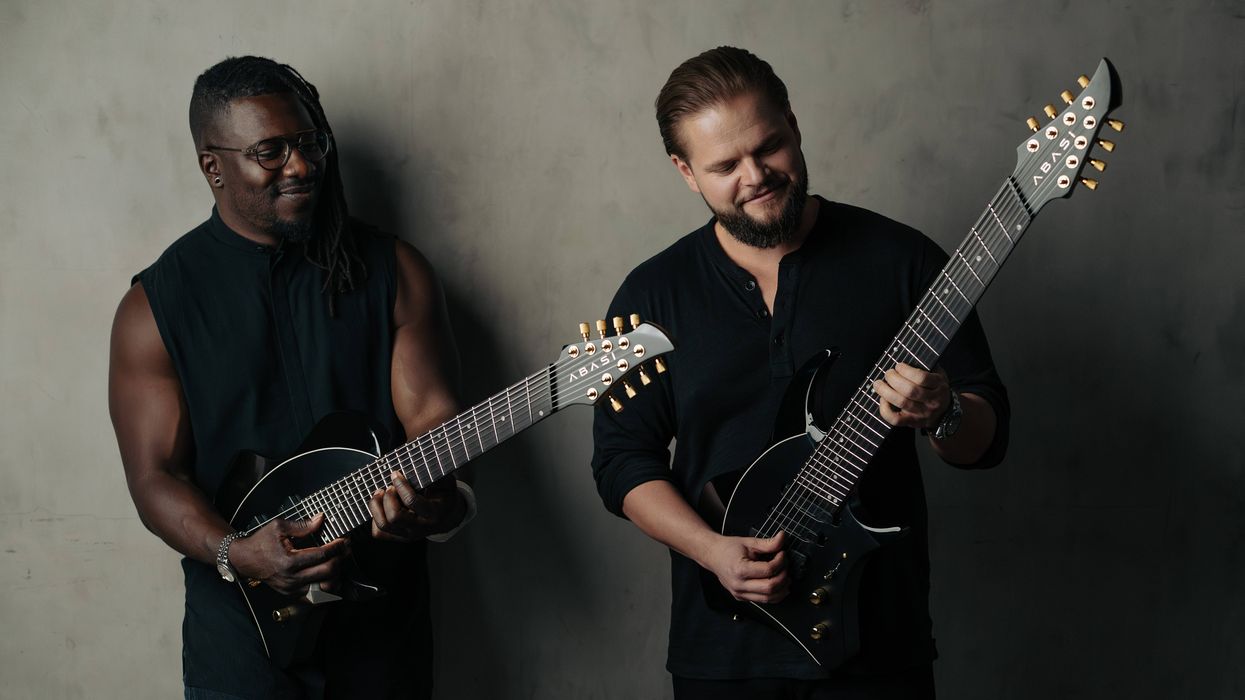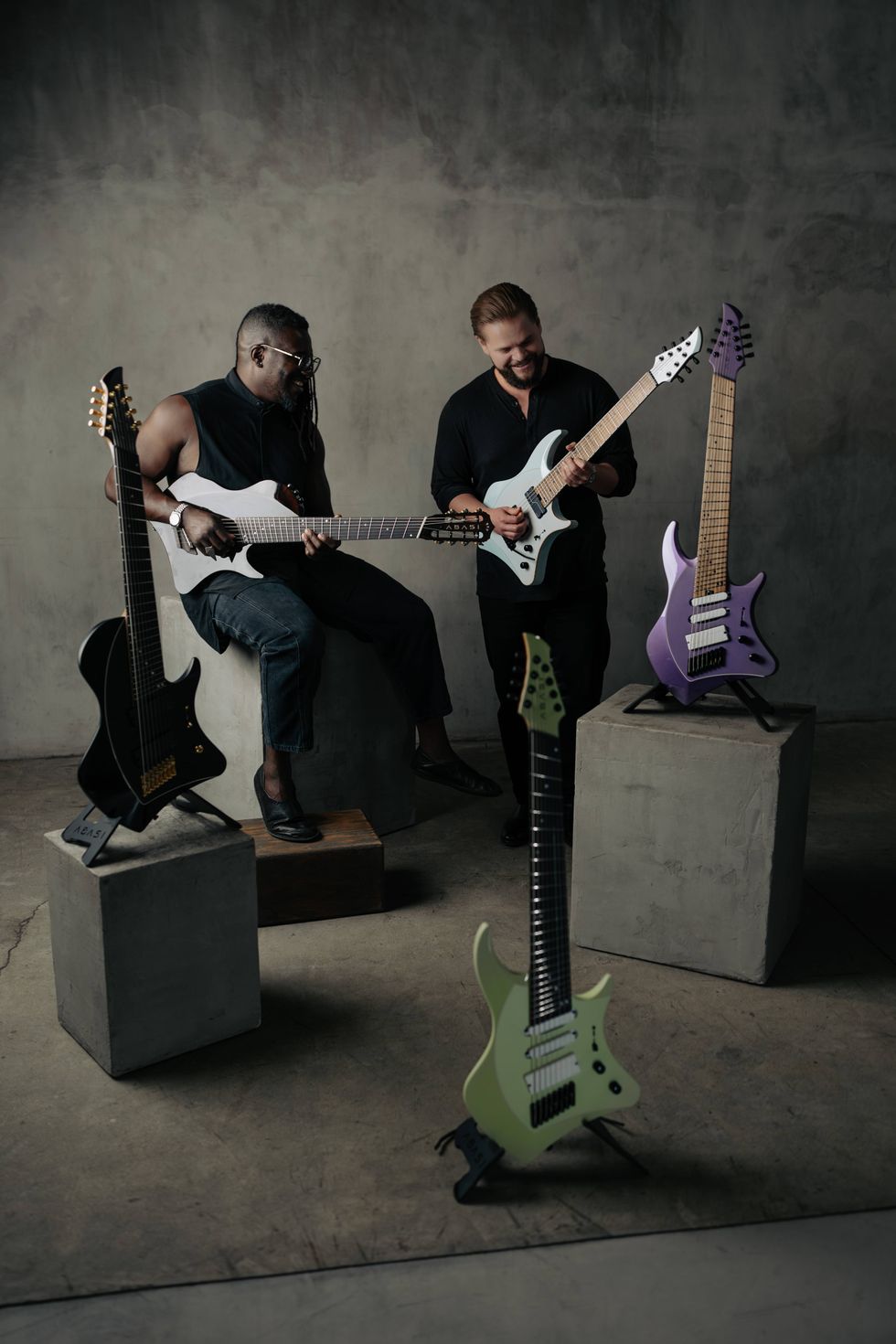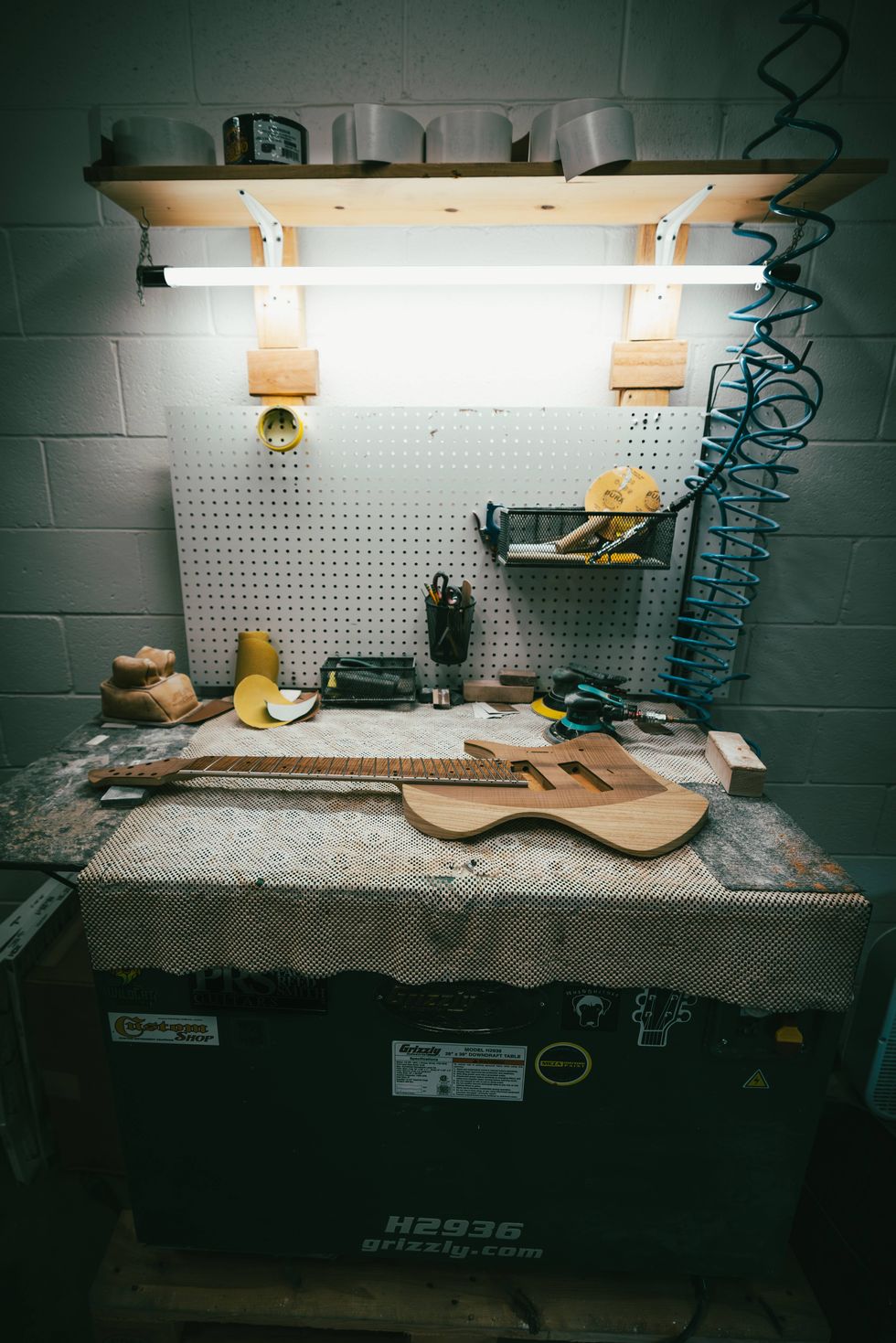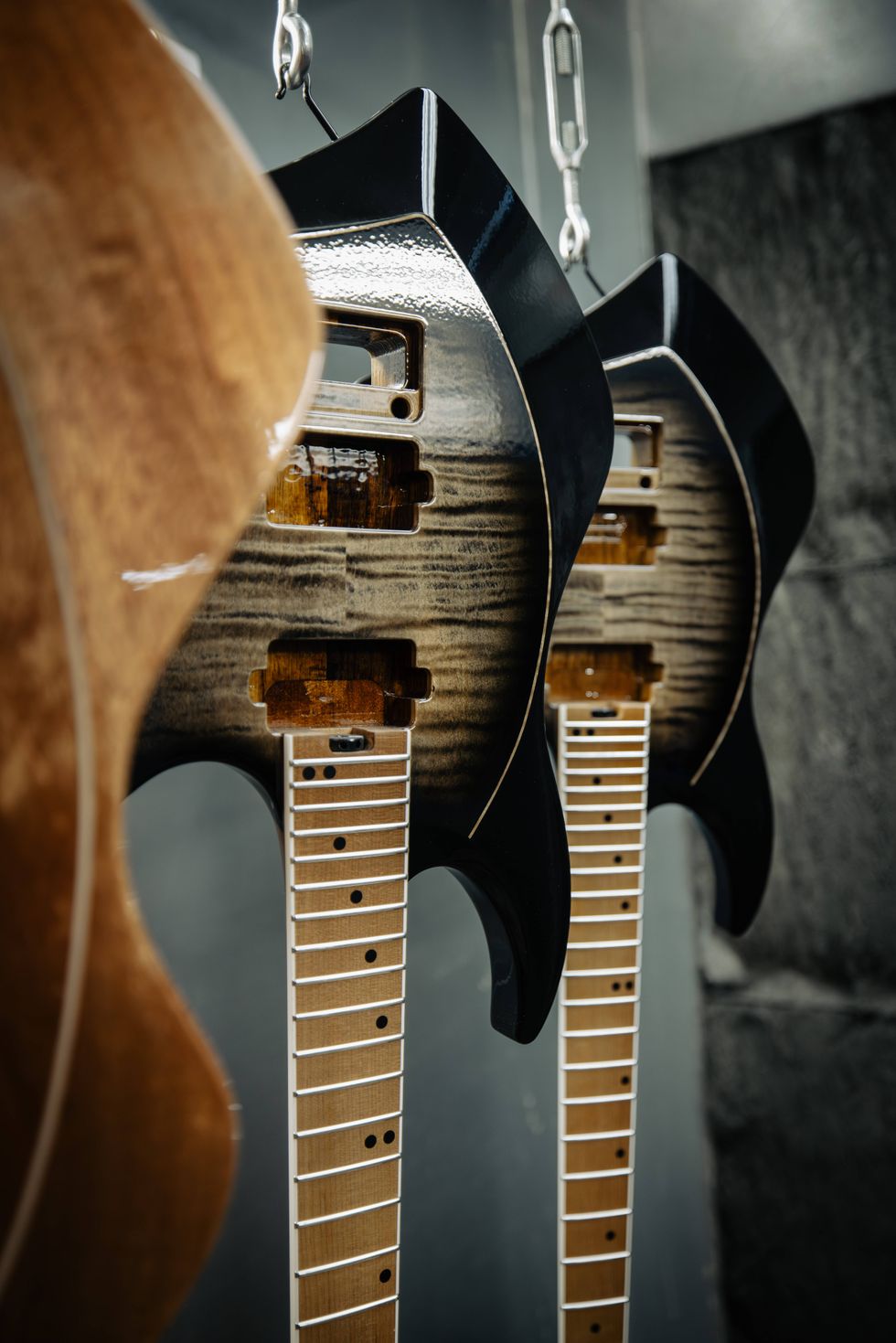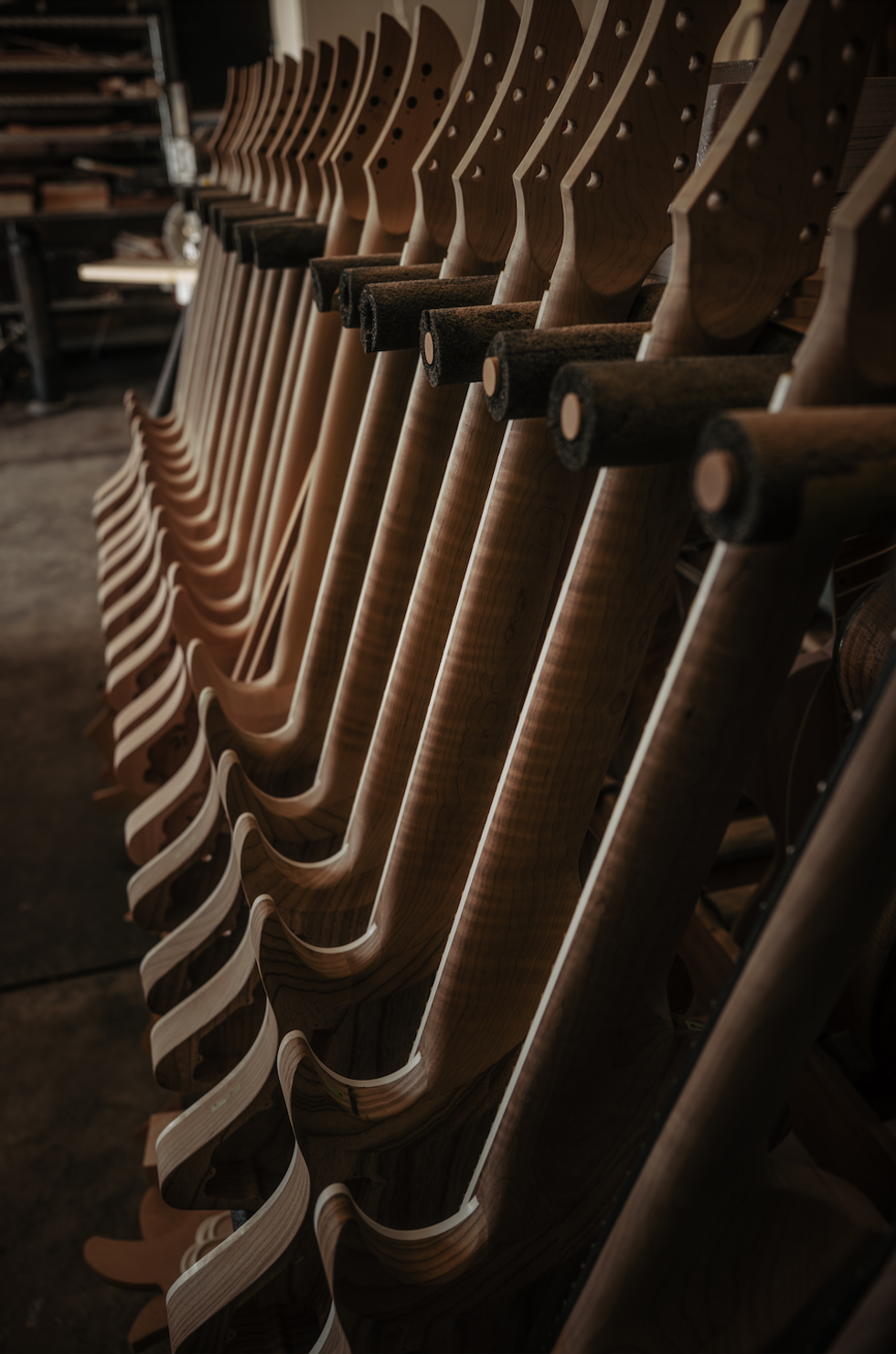Jazz music is a very large house, but getting into it can be daunting to some. Back in the day, jazz was pop music. People danced to it, sang it, played it on the radio and in movies, and heard it every day. Then bebop came along and the emphasis changed from jazz as pop and dance music to jazz as a virtuoso vehicle. The jazz tree has many branches, and I don’t mean to oversimplify things, but in a short column I need to cut to the chase.
I grew up in the ‘60s living with a mother who was a jazz fan and former bobbysoxer (yes, she screamed for Sinatra). I was addicted to AM radio, which was bubblegum, Motown, and a pretty wide variety of things—unlike today’s radio which is targeted to specific demographics. Along with the Beatles, the same station would play Frank Sinatra, Louis Armstrong, and instrumentals like “Theme from A Summer Place”. Because of my love of pop and my desire to be a Beatle, I started playing guitar, and shortly after that I started buying records at the little mom & pop store near my home.
The first record I got in the hope of expanding my guitar knowledge was called The History of Eric Clapton. The blues stuff on that led me to my next purchase, B.B. King’s Live in Cook County Jail, which pretty much set my world on fire. King’s playing on that thrilled me (and still does), with the way he bends notes, the singing quality of the guitar, and just his whole soulful way with music.
Right around that time, I went digging through the records in the attic and found Howard Roberts’ H.R. is a Dirty Guitar Player. This is an unusual jazz record in that all the tunes are very short. Yes, this record was made when stuff like this could actually get airplay. Some may at first be put off by the roller-rink sound of the organ, but what I heard was Roberts’ wonderful pickin’. He bent notes and phrased in a very funky way, which really appealed to me. I still think his tone is among the best ever, and I could go on and on about why I love his playing— but the point is he was my door into jazz.
I don’t remember the order I bought them in, but my next three jazz records were Pat Martino’s Live!, Jim Hall’s Jim Hall Live! and Joe Pass’ Virtuoso #2,—three very different albums. Martino’s Live! has some fairly wacky outside stuff on it that didn’t grab me right away, but it closes with a burning version of “Sunny” which had been an AM radio hit for Bobby Hebb (so I knew the melody). His stream-of-notes style was both exciting and baffling to me. I was awed by his technique, and while I had some idea that he was moving through different tonal centers and playing changes, I really had no clue what that involved. In time, the way he played allowed me to dig into more of his outside stuff.
Jim Hall Live! was another cup of tea, quiet and introspective with a great deal of give and take between all the players, and yet not lacking for chops. I think it was this album that brought home for the first time how much the guitar’s tone mattered to me. Jim uses a large dynamic range, so his tone alters somewhat depending on that and his attack, which was another whole different thing from what I had heard before. This album is one I still listen to, and it always seems fresh and current.
Joe Pass’ Virtuoso #2 is a solo guitar jazz album. At the time, there was no such thing as far as I knew. The sound was very intimate, as though he were just playing for himself in the corner. The art of solo jazz guitar exists today in no small part thanks to Pass.
Around the same time that I was getting into those records, I went back to digging in my mother’s attic and found Ella Fitzgerald’s Ella in Berlin: Mack the Knife. This was important because it made me appreciate how the words affect the way a song is phrased. I much later learned that sax great Lester Young was a strong advocate for knowing the words to a song.
From these records, I moved on to discover John McLaughlin and the Mahavishnu Orchestra, which brought rock ‘n’ roll sounds into complex song forms. Mahavishnu was perhaps a bit difficult to listen to, but I persevered because I was so in awe of McLaughlin’s chops, which at the time were unprecedented.
Jazz is such a broad music, with so many styles and flavors: ragtime, stride, swing, bebop, Latin, avant-garde, hard bop, chamber, regional, jump, fusion... The artistry of people like Pass, Roberts, Hall, Martino, Fitzgerald and McLaughlin always inspires me to try to be a better musician. It’s a never-ending path with many twists, discoveries and adventures. You will always be made richer by expanding what you listen to—not just jazz, but any style. And, as with any style of music, if you want to play it, you better listen to it.
Pat Smith
Pat Smith founded the Penguin Jazz Quartet and played Brazilian music with Nossa Bossa. He studied guitar construction with Richard Schneider, Tom Ribbecke and Bob Benedetto, and pickin’ with Lenny Breau, Ted Greene, Guy Van Duser and others. Pat lives in Iowa with his cats Emmy and Squeeky, and plays in a duo with bassist Rich Wagor.
